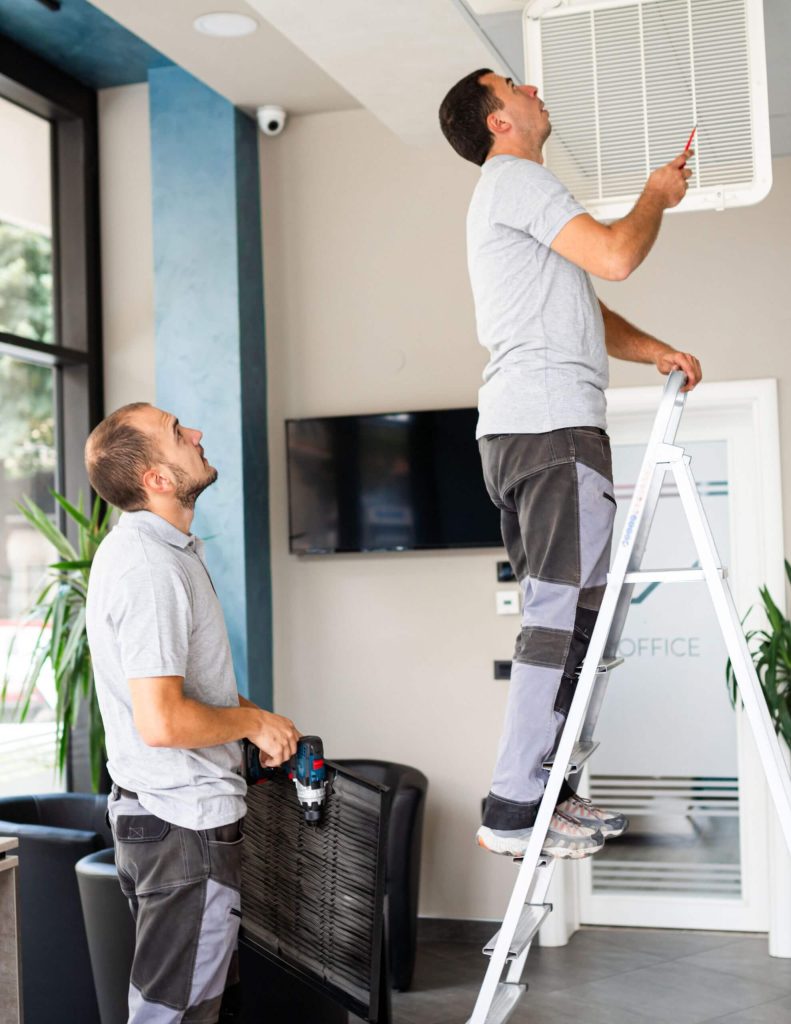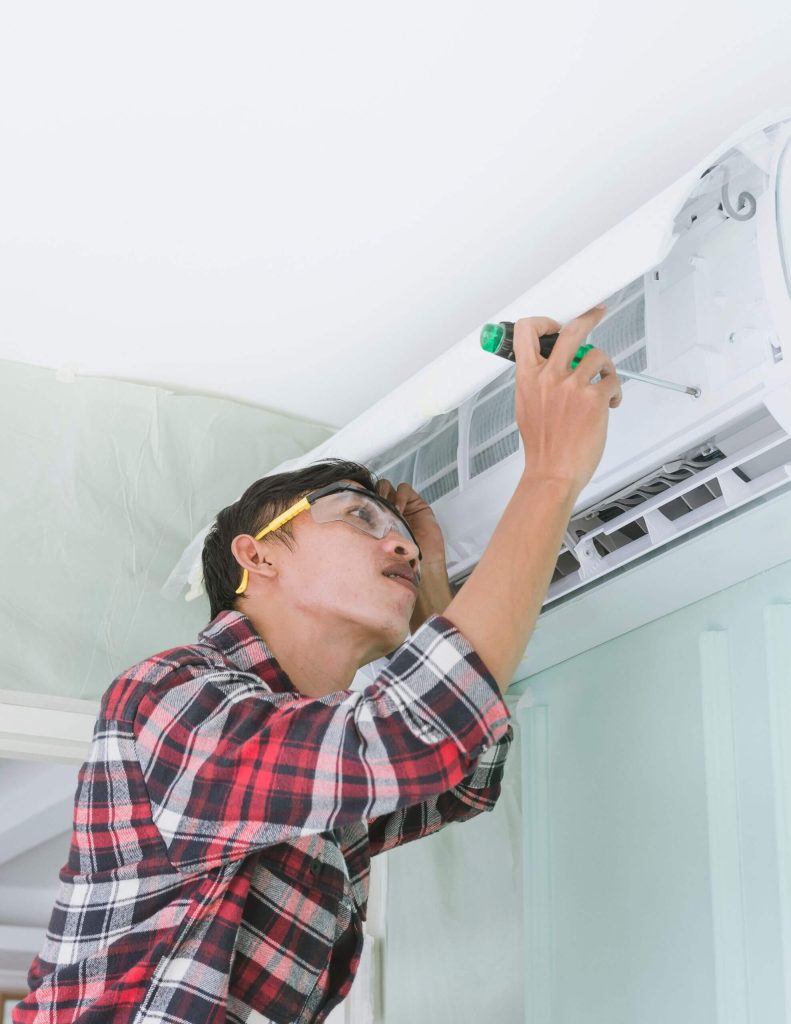As home warranty professionals, we know firsthand how quickly summer heat can push a home’s essential systems to their limits. While the season brings plenty of opportunities for barbecues, family gatherings, and outdoor fun, it also places extra strain on appliances, roofing, plumbing, and outdoor structures. High temperatures, intense sunlight, and heavier water usage can all contribute to wear, leading to costly repairs or unexpected breakdowns if maintenance is neglected. That’s why following Summer Home Maintenance Tips is essential to keep your home protected and running smoothly.
The good news is that many of these issues can be avoided with a proactive maintenance routine. By inspecting, cleaning, and servicing key systems before and during the summer months, you can reduce the risk of failure, extend the lifespan of your equipment, and maintain a comfortable, efficient home. From keeping your air conditioner in top condition to ensuring your roof, plumbing, and outdoor spaces are prepared for heavy seasonal use, preventive care is your first line of defense, and a home warranty plans are there to back you up if the unexpected still happens.
The survey found that 61% of U.S. homeowners who responded take steps to perform preventive plumbing maintenance during the summer.
Service Your Air Conditioning System
Your air conditioning system works harder than almost any other appliance during the summer, making it one of the most important areas to maintain if you want to avoid breakdowns and high energy bills. A poorly maintained AC unit does not just struggle to cool your home, it can also use significantly more electricity, leading to higher utility costs and unnecessary wear on its components. That is why it is essential to give your system a thorough check-up before the heat reaches its peak.
Start by scheduling a professional service appointment in late spring or early summer. A qualified technician can perform a full inspection, checking refrigerant levels, cleaning evaporator and condenser coils, inspecting ductwork for leaks, testing the thermostat, and ensuring that the blower motor, fan, and electrical components are all in good working order. These expert tune-ups can catch small issues before they become costly repairs, saving you money and keeping your home comfortable.
Between professional visits, you can extend your AC’s lifespan and improve its efficiency with simple at-home maintenance. Replace or clean air filters every one to three months to maintain proper airflow, and keep the area around the outdoor condenser unit clear of leaves, grass clippings, dirt, and other debris that could block ventilation. If your unit is shaded, it will also run more efficiently, so consider planting shrubs or installing a shade structure nearby while keeping plenty of clearance for airflow.
Inspect and Maintain Your Roof

Your roof is one of the most critical components of your home, acting as the first barrier against sun, wind, and rain, so keeping it in top condition is essential for preventing costly structural damage. Summer offers clear skies and dry conditions, making it an ideal time to inspect and maintain it before sudden storms or heavy rainfall put it to the test.
Begin with a thorough visual inspection from the ground using binoculars or by climbing a sturdy ladder. Look for missing, cracked, curling, or loose shingles, as these can allow water to seep underneath and damage the roof deck. Pay attention to any dark spots or patches that may indicate algae or moss growth, which can shorten the lifespan of roofing materials.
If you have access to your attic, check for water stains on the rafters, damp insulation, or daylight coming through the roof boards, as these are signs of leaks or poor sealing. Also, inspect your attic ventilation, because inadequate airflow can trap heat and moisture, leading to warped wood, mold growth, and higher cooling costs in summer. Clean out gutters and downspouts so rainwater can flow freely away from your roof and foundation. Clogged gutters can cause water to back up under shingles or pools near the base of your home, increasing the risk of leaks and structural problems.
For hard-to-reach areas, steep roofs, or if you are unsure about the condition of your roofing materials, consider hiring a professional roofer. They can perform a full inspection, identify weak points you might miss, and handle any repairs safely and effectively.
Check Plumbing for Leaks and Water Damage
As home warranty experts, we know that plumbing systems often work overtime in the summer. Increased water usage from showers, laundry, gardening, and outdoor activities can put extra strain on pipes, fixtures, and appliances. That is why regular inspections are essential to prevent small issues from turning into costly repairs. As part of your Summer Home Maintenance Tips, start by checking under sinks, around toilets, and behind appliances such as dishwashers and washing machines for any damp spots, discoloration, or mold growth, as these can be early signs of hidden leaks.
Inspect supply hoses on washing machines, ice makers, and dishwashers for cracks, bulges, or other wear, and replace any that are damaged. Outside, turn on spigots and irrigation systems and watch for drips, puddles, or weak water pressure, which may indicate a leak in the lines. Take time to examine visible pipes in basements, crawl spaces, or utility rooms for signs of corrosion, rust, or condensation that could signal future problems.
If you notice a sudden drop in water pressure, hear water running when no fixtures are in use, or receive unusually high water bills, you could have a hidden leak that requires immediate attention. Catching these issues early will save water, lower your bills, and prevent potential structural damage or mold growth. Even with careful maintenance, plumbing problems can still occur, and this is where a home warranty provides peace of mind by helping cover repair or replacement costs when covered components fail unexpectedly.
Maintain Your Lawn and Outdoor Spaces
A well-maintained lawn and outdoor area not only boost curb appeal but also protect your home from potential damage and pest problems during the summer. Start by mowing regularly, keeping grass at a height of about 2.5 to 3 inches to encourage strong root growth and help shade the soil, reducing water evaporation.
Water early in the morning to minimize loss from heat and wind, and aim for deep, infrequent watering of about 1 inch per week to promote drought resistance. Inspect your irrigation or sprinkler system for leaks, misaligned heads, or clogged nozzles that can waste water or create dry patches. Trim trees and shrubs so that branches stay at least 3 to 5 feet away from siding, windows, and your air conditioning unit to prevent damage, improve airflow, and reduce the risk of pests finding a path indoors.
Pay attention to other outdoor features as well. Sweep patios and decks to remove debris, and power wash surfaces to prevent mildew and staining. Check for loose boards, cracked pavers, or unstable railings that could pose safety hazards. If you have outdoor furniture, inspect it for rust, wear, or loose fasteners, and clean cushions to prevent mold growth.
Eliminate standing water in planters, birdbaths, or buckets, as these can attract mosquitoes during warm months. By keeping your lawn and outdoor spaces in top shape, you create a safer, more enjoyable environment while protecting your home’s exterior from weather, pests, and unnecessary wear.

Test and Maintain Safety Devices
Safety devices are often overlooked during summer maintenance, but they play a critical role in protecting your home and family year-round. As part of your Summer Home Maintenance Tips, start by testing all smoke detectors and carbon monoxide alarms to ensure they are working properly. Press the test button on each unit and replace batteries if the alarm does not sound or if batteries are more than six months old.
Check the expiration date printed on the device, as most smoke detectors should be replaced every ten years and carbon monoxide alarms every five to seven years. Inspect your fire extinguishers to make sure the pressure gauge needle is in the green zone and that they are easily accessible in key locations such as the kitchen, garage, and near fireplaces or grills.
Summer is also a good time to review and update your home emergency plan. Make sure everyone in your household knows the location of exits, meeting points, and how to operate safety equipment. If you have a security system, test it to confirm sensors, cameras, and alarms are functioning correctly.
For homes in storm-prone areas, check that flashlights have fresh batteries, emergency kits are stocked, and backup power sources like generators are in working order. By keeping your safety devices in top condition, you can respond quickly to emergencies and ensure your family is protected no matter what the season brings.
Conclusion
Taking the time to prepare your home for the demands of summer is one of the best investments you can make in its comfort, safety, and efficiency. By following practical Summer Home Maintenance Tips, such as servicing your air conditioning system, inspecting your roof, checking your plumbing, maintaining your lawn and outdoor spaces, and ensuring all safety devices are in working order, you address the areas most likely to cause problems during the hottest months.
These preventive steps not only reduce the risk of unexpected breakdowns and costly repairs, but they also help you enjoy your home with peace of mind all season long. Summer should be a time for relaxation and fun, not dealing with emergency maintenance. With a proactive approach, you can keep your home running smoothly, protect its value, and focus on making the most of the warm weather. And if the unexpected does happen, having a home warranty in place can help cover repair or replacement costs for covered systems and appliances, giving you added confidence that your home is protected no matter what the season brings.
0 Comments